The new Leica SL3 is like the MacBook Pro of full-frame mirrorless cameras
A premium brute for creative pros
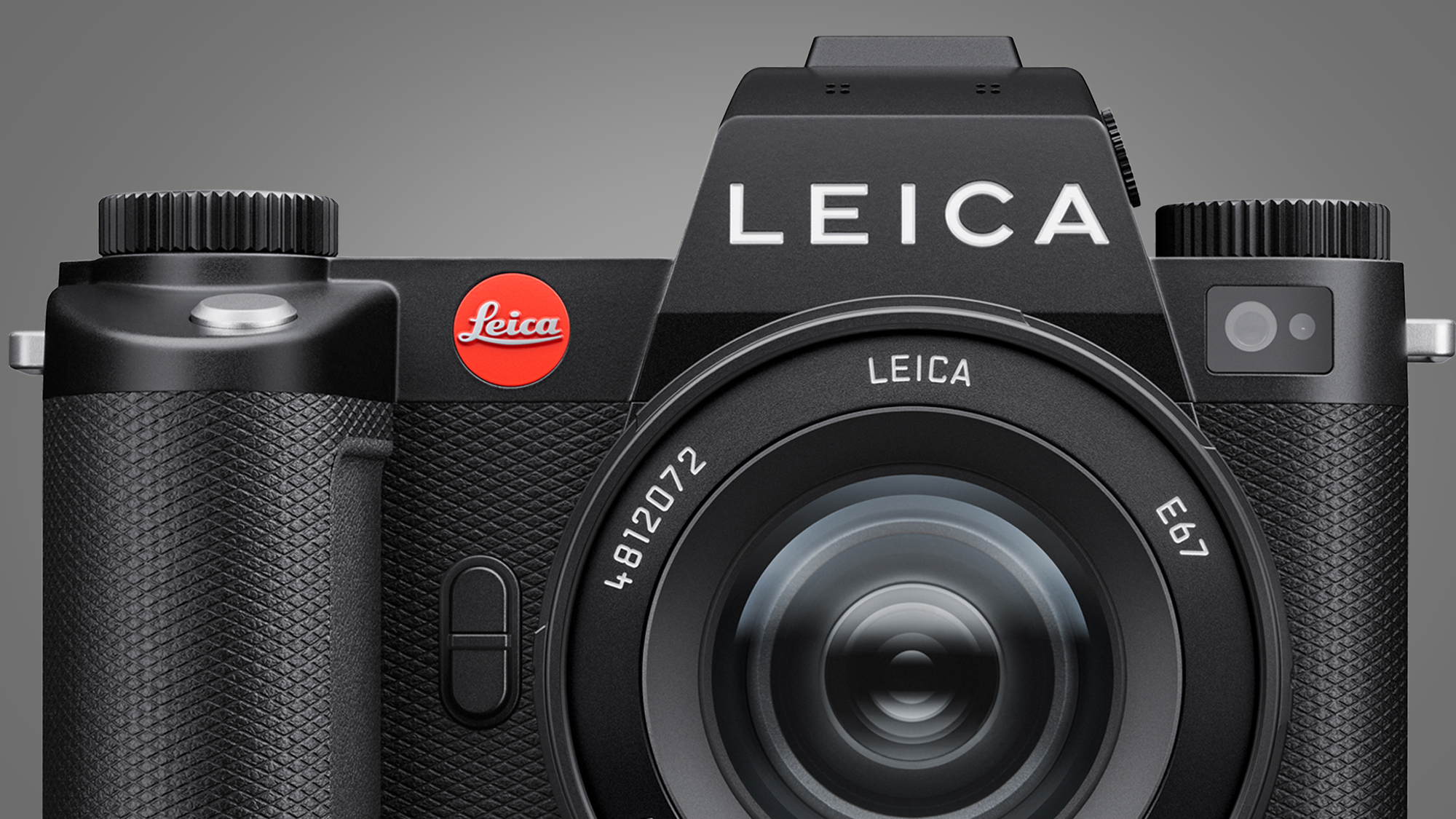
- The Leica SL3 is a new 60MP full-frame mirrorless camera
- It now has phase-detect autofocus and a tilting touchscreen
- The SL3's body-only price is $6,995 / £5,920 / AU$11,690
Leica is best-known for its classic M-series rangefinder cameras, but now it's launched something at the other end of the scale – a modern full-frame workhorse for professional shooters called the Leica SL3.
The SL3 is the follow-up to 2019's SL2 and brings a lengthy list of upgrades, including a 60MP full-frame CMOS BSI sensor, Maestro IV processor, phase-detect autofocus (finally), a tilting touchscreen and 8K video. We've already had a play with the camera, so to read our first impressions jump to our hands-on Leica SL3 review.
Want the short version? The SL3 is shaping up to be Leica's best full-frame all-rounder so far, combining a satisfyingly hefty metal body with a refined menu system and access to dozens of L-mount lenses. This makes it a high-end tool for creative pros and, in some ways, the camera equivalent of a MacBook Pro.
Like that Apple's flagship laptop, it carries a serious price premium. Its body-only price is $6,995 / £5,920 / AU$11,690 and Leica's SL lenses also typically costs thousands. But because the L-mount is also supported by Panasonic, Sigma and Samyang, there are cheaper options among the 84 options available for the system.
While full-frame rivals like the Nikon Z8 will likely be more sensible buys, the SL3 has a solid all-metal body that's hand-built in Germany. Our hands-on praised the camera's "incredible build quality" stating that it "feels like it could survive a run-in with a Cybertruck".
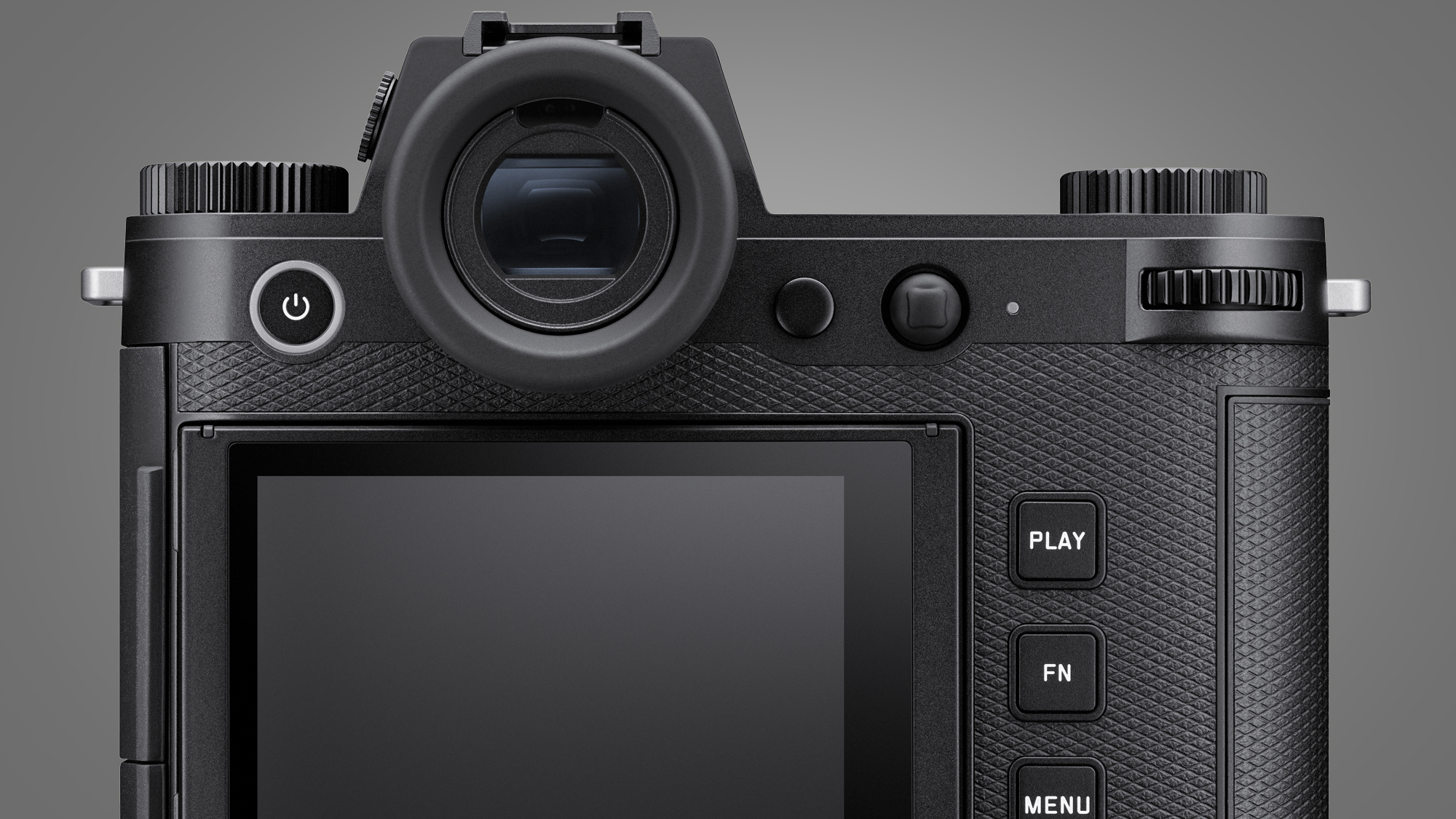
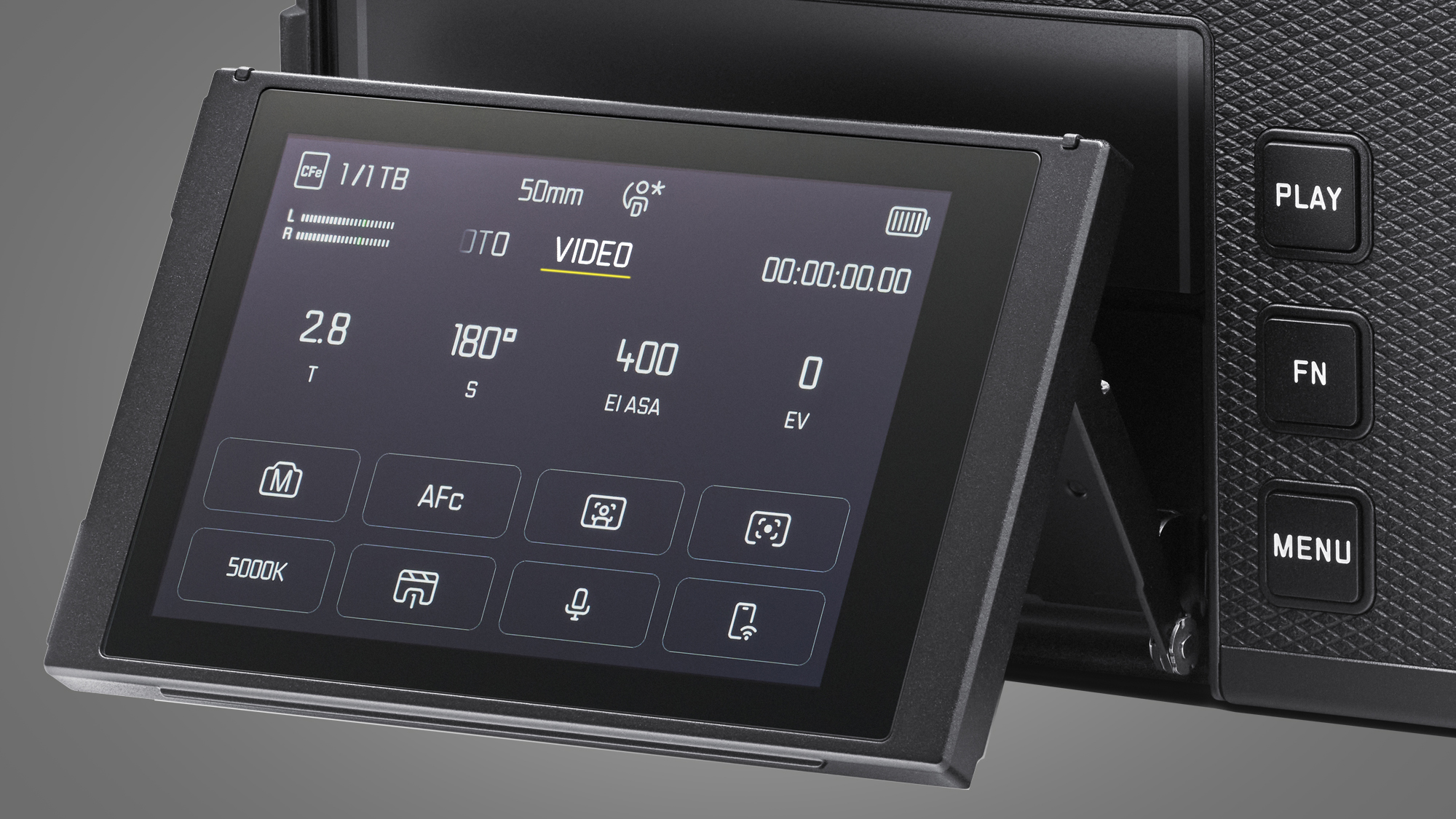
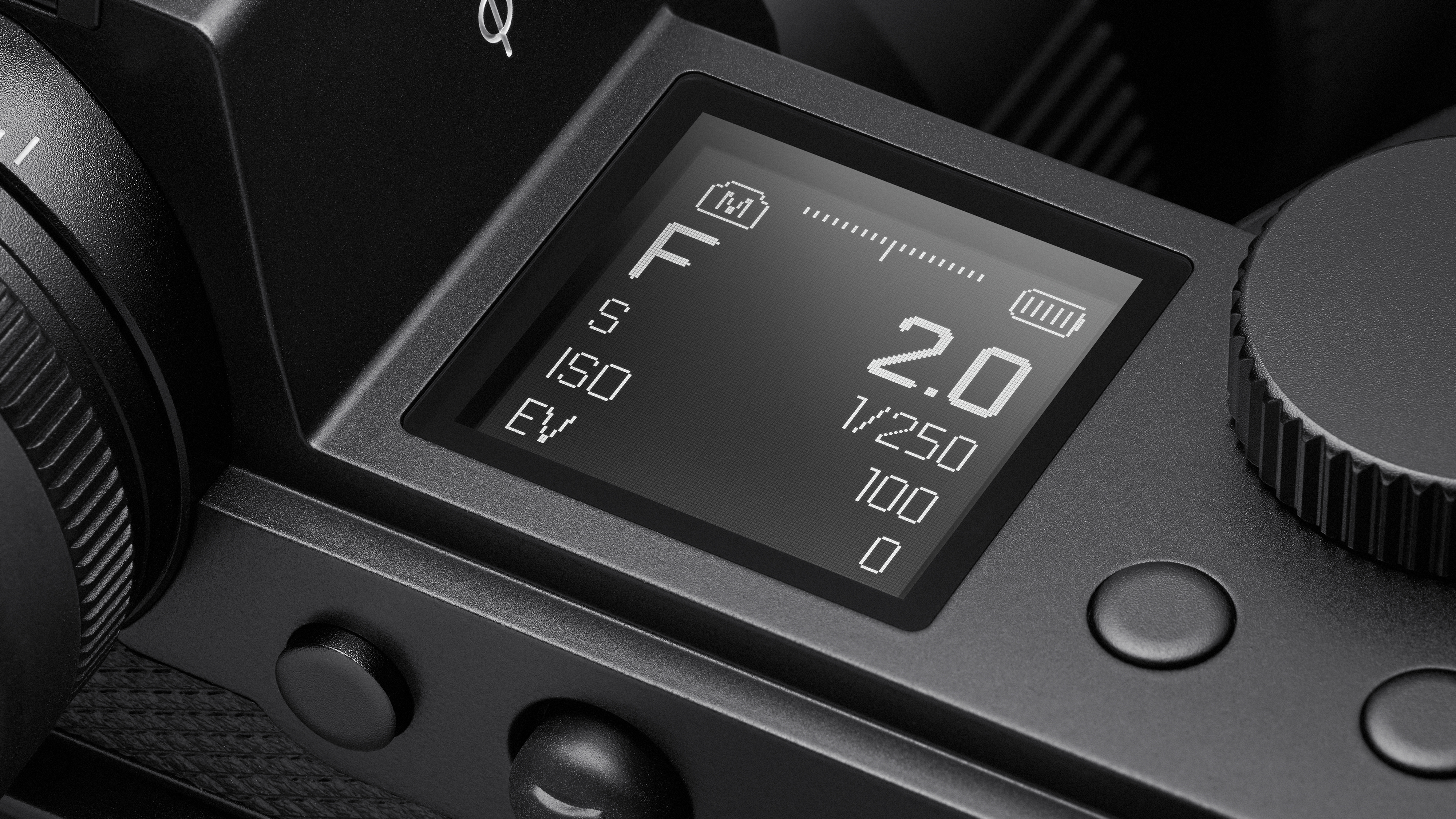
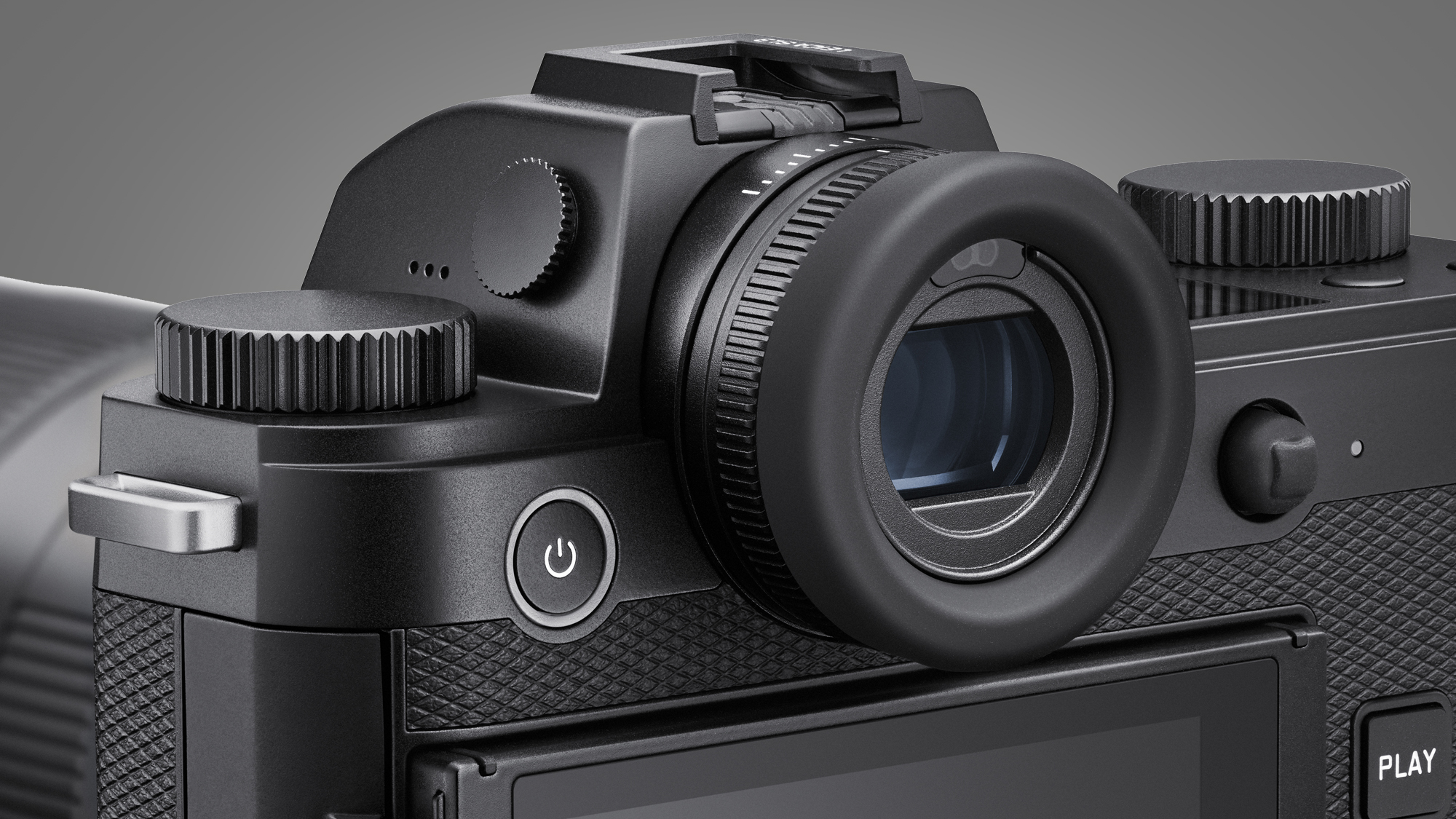
The SL3 isn't perfect, though, with its industry-standard CIPA battery life rating only 260 shots per charge, which puts it behind its rivals (the Nikon Z8, for example, manages about 100 shots more). Unlike the older Leica M11-P, the SL3 also doesn't support Content Credentials (a standard for protecting the authenticity of digital images).
When we asked Leica it said "the reason is that the development of the SL3 was already advanced when this technology became mature", but that it's aiming to integrate the AI-combatting tech in future cameras. It's also only a minor blot on what is otherwise shaping up to be dangerously tempting new option in our guide to the best full-frame mirrorless cameras.
Get daily insight, inspiration and deals in your inbox
Sign up for breaking news, reviews, opinion, top tech deals, and more.
Worth the price tag?
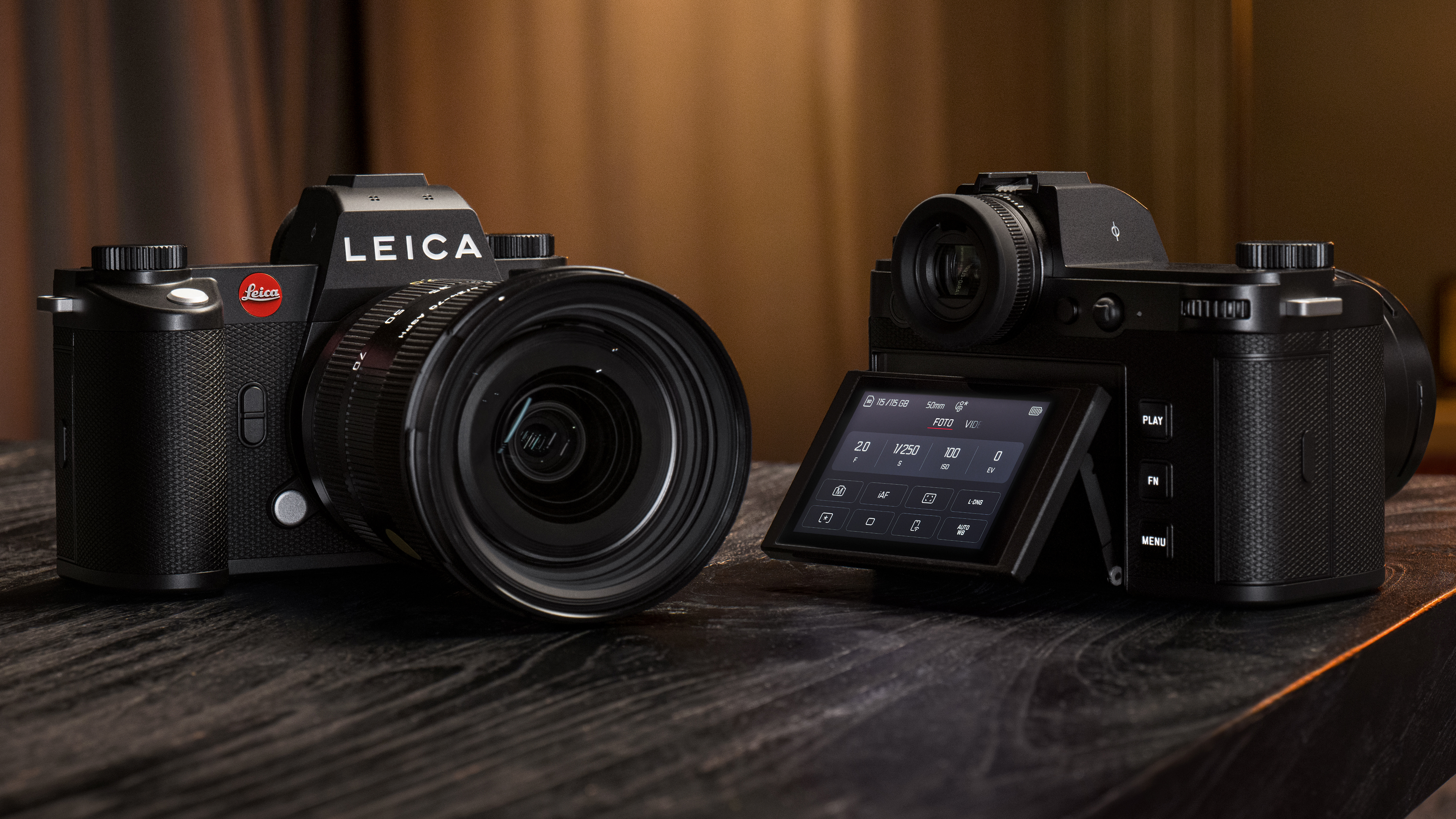
Whenever a new Leica camera launches, it usually sparks the old debate about whether Leica cameras are worth their price tags.
While the SL3 certainly isn't the company's priciest camera – the Leica M11 Monochrom, for example, costs $9,195 / £8,300 / AU$14,990 – it certainly does command a major premium compared to its full-frame rivals from Nikon, Sony and Canon.
The SL3's specs make it an impressive all-rounder, but they're not a cut above the competition. For example, phase-detect autofocus and tilting touchscreens have been around for years, as has the ability 8K video on a mirrorless camera.
What you're paying for with a camera like the SL3 is its unique build quality and design, impressively clean user-interface, distinctive image style and having an ideal partner for Leica's SL and M lenses. To an extent, it is also about the exclusivity of owning a camera with that famous red dot and Leica's undoubted heritage.
Whether or not that's worth the SL3's price tag is debatable, but there's no doubt that the SL3 offers a unique and special shooting experience compared to most full-frame mirrorless cameras. We're looking forward to taking it for longer, but for now you can read more about the camera's strengths and weaknesses in our hands-on Leica SL3 review.
You might also like

Mark is TechRadar's Senior news editor. Having worked in tech journalism for a ludicrous 17 years, Mark is now attempting to break the world record for the number of camera bags hoarded by one person. He was previously Cameras Editor at both TechRadar and Trusted Reviews, Acting editor on Stuff.tv, as well as Features editor and Reviews editor on Stuff magazine. As a freelancer, he's contributed to titles including The Sunday Times, FourFourTwo and Arena. And in a former life, he also won The Daily Telegraph's Young Sportswriter of the Year. But that was before he discovered the strange joys of getting up at 4am for a photo shoot in London's Square Mile.